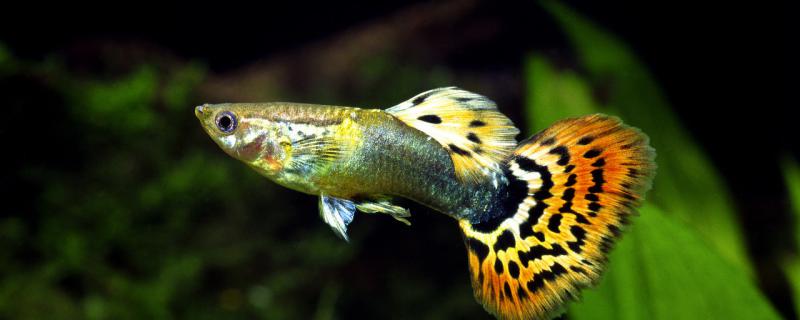
in winter? Guppies can also give birth to babies in winter. They are tropical fish, and they are ovoviviparous fish. As long as the water temperature can meet the requirements, they can spawn all the year round. However, breeders should pay attention to the following points when laying eggs:
1. Water temperature: Guppies generally live in a water temperature of about 23 degrees, but the female fish in the breeding season has a higher requirement for water temperature, generally above 26 degrees. This can stimulate them to reproduce better and faster and avoid dystocia.
2. Isolation: The breeder should isolate the female fish and the eggs in time to prevent them from eating the eggs.
should be paid attention to when raising guppies in winter? Breeders should pay attention to the following points when raising guppies in winter:
1. Water temperature: They belong to tropical fish, and the suitable water temperature is between 22-24 degrees. In winter, breeders should pay attention to the use of heating equipment to keep the water temperature constant to a suitable range, so as to avoid the stress reaction caused by too low water temperature.
2. Frequency of water change: In winter, pay attention not to change water too frequently, and change it once a week or so under the condition of ensuring clean water quality. In addition, the amount of water each time should not be too large, and it can be controlled at about a quarter.
3. Feeding frequency: The breeder should follow the principle of eating less and more meals as far as possible, and the feeding should not be too frequent. It is better to fix a reasonable feeding time, and ensure that they can eat within five minutes each time.